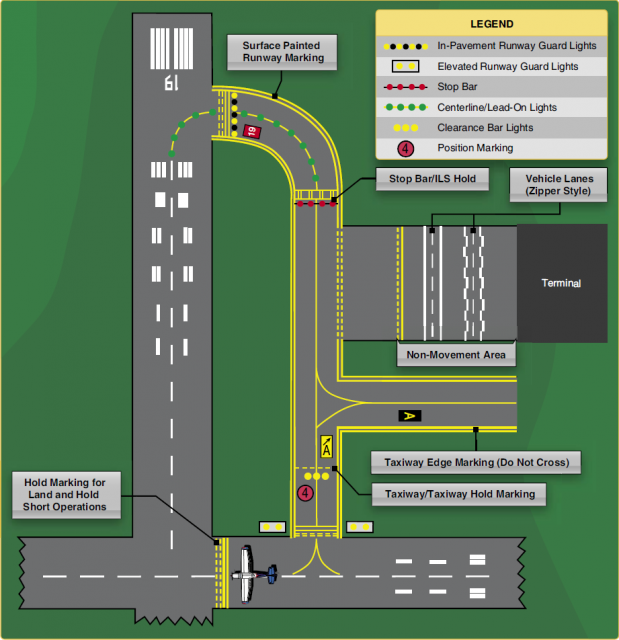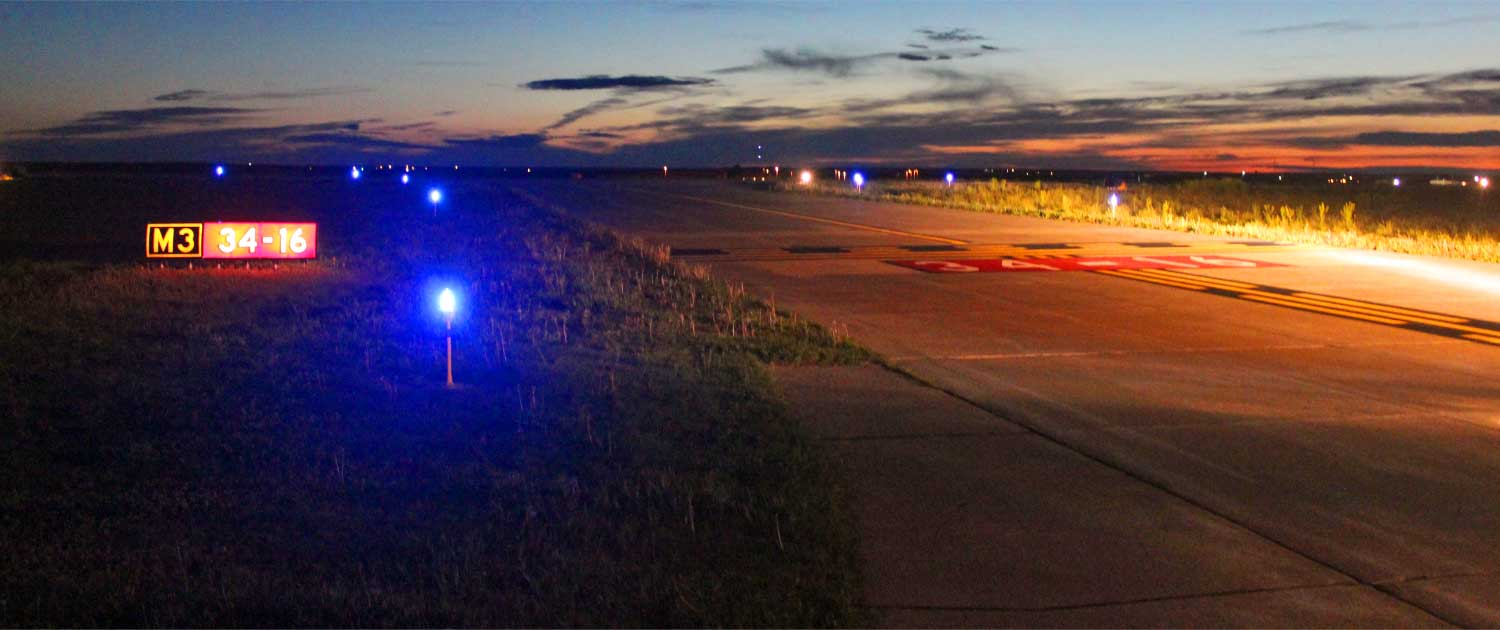
In other words, if you do not see either set of red lights you must see the runway itself. RUNWAY GUARD LIGHTS &RQILJXUDWLRQ APPLICATION Runway guard lights, configuration A, are located at each taxiway/runway intersection associated with a runway intended for use in: RVR conditions less than 550m where a stop bar is not installed and RUNWAY MARKINGS RVR conditions between 550m and 1200m where Runway markings are white. If you are descending below 100 feet based on the approach lights, you must either see the red terminating bars or the side row lights. LANDING STRIP/RUNWAY LIGHT A portable, steady-burning, white LED light for marking tactical, expeditionary, and emergency airfield runways and remote. (vii) The touchdown zone or touchdown zone markings.

(vi) The visual approach slope indicator. (i) The approach light system, except that the pilot may not descend below 100 feet above the touchdown zone elevation using the approach lights as a reference unless the red terminating bars or the red side row bars are also distinctly visible and identifiable. Edition 10-04/2016, 403004 RUNWAY SAFETY FLASHCARDS Courtesy of the AOPA Air Safety Institute, and made possible by the support of AOPA Insurance, AOPA Finance, and AOPA Pilot Protection Services The AOPA Air Safety Institute is dedicated to making flying easier and safer for general aviation pilots. These markings are more than just painted lines on the ground they convey critical information to pilots about the runway’s dimensions, orientation, and hazards. Runway markings play an essential role in guiding pilots to and from the runway. Aeronautical Charts and Related Publications Chapter 10. The runway is a critical component of every flight. (3) Except for a Category II or Category III approach where any necessary visual reference requirements are specified by the Administrator, at least one of the following visual references for the intended runway is distinctly visible and identifiable to the pilot: Aeronautical Lighting and Other Airport Visual Aids Chapter 3. The introduction of EASA legislation to aerodrome design has imposed changes to the design of threshold and runway end lights, and markings on runway turn pads. (2) The flight visibility is not less than the visibility prescribed in the standard instrument approach being used and Everything you could want to know about what all those lights and markings. (1) The aircraft is continuously in a position from which a descent to a landing on the intended runway can be made at a normal rate of descent using normal maneuvers, and for operations conducted under part 121 or part 135 unless that descent rate will allow touchdown to occur within the touchdown zone of the runway of intended landing In this video well cover runway lighting, taxiway lighting, and runway markings.

Except as provided in paragraph (l) of this section, where a DA/DH or MDA is applicable, no pilot may operate an aircraft, except a military aircraft of the United States, below the authorized MDA or continue an approach below the authorized DA/DH unless.


 0 kommentar(er)
0 kommentar(er)
